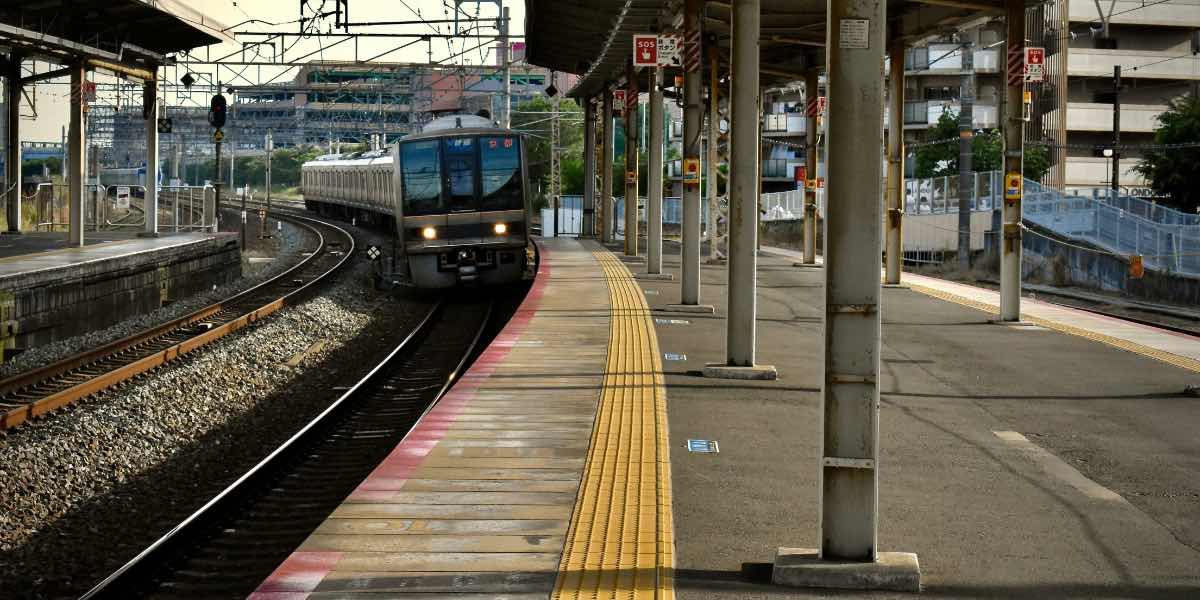The return of inter-city rail in Colorado marks a significant shift in the state’s transportation landscape. With rising concerns over traffic congestion, environmental sustainability, and the need for more efficient travel options, the revival of rail services could offer a viable alternative for both residents and visitors. As discussions about expanding rail networks gain momentum, many wonder what the future of inter-city rail in Colorado will look like and how it could change the way people travel across the state.
Read also: A Guide to Public Transportation in Denver
What Is the Current State of Inter-City Rail in Colorado?
Currently, inter-city rail in Colorado is limited, with the main service being Amtrak’s California Zephyr, which runs through Denver and provides long-distance connections to various western U.S. cities. While this service is beneficial for travelers seeking long-haul connections, there is a gap when it comes to regional rail options that can efficiently connect cities within the state, such as Denver, Boulder, Colorado Springs, and Fort Collins.
Historically, Colorado once had an extensive network of inter-city rail, particularly in the mid-20th century. However, like many other regions in the U.S., rail services were gradually phased out in favor of highways and automobiles. Over the past few decades, car travel has dominated the state’s transportation landscape, but recent developments suggest a renewed interest in making rail travel a more prominent option once again.
Why Is There Renewed Interest in Inter-City Rail in Colorado?
Several factors are driving the renewed interest in inter-city rail in Colorado. Population growth is one of the primary reasons, as cities along the Front Range—particularly Denver—have seen significant increases in residents over the past decade. With more people living in urban centers, the demand for alternative transportation options has grown. Traffic congestion, especially along major highways such as I-25, has made commuting increasingly difficult, leading many to look for solutions that can alleviate these pressures.
Environmental concerns also play a role in the push for inter-city rail. As awareness of climate change and the need to reduce carbon emissions grows, rail travel is often seen as a more sustainable alternative to cars and planes. Rail systems are more energy-efficient and produce fewer emissions compared to road and air transport. For Colorado, which has ambitious goals to reduce its environmental impact, expanding rail services could be a step in the right direction.
Additionally, there is a growing interest in sustainable mobility. As cities look to modernize their transportation infrastructure, providing more options for public transit, such as inter-city rail, is becoming a priority. By increasing the availability of rail travel, Colorado could offer an alternative that appeals to those who prefer not to rely on cars for every journey.
What Are the Key Plans for Expanding Inter-City Rail?
The plans for expanding inter-city rail in Colorado focus on creating a comprehensive rail network that connects major cities along the Front Range and beyond. The Front Range Passenger Rail project is one of the most prominent proposals currently being discussed. This project aims to establish a high-speed rail line that would run between Fort Collins and Pueblo, connecting key urban centers along the way, including Denver and Colorado Springs.
The Front Range project seeks to reduce traffic congestion, improve air quality, and provide a reliable, alternative means of transportation for commuters. By connecting cities that are currently separated by long car journeys, the rail line would make travel faster and more convenient for those who work or live in different areas of the Front Range. If the project moves forward, it could revolutionize the way people move within the state, offering a more seamless connection between Colorado’s major metropolitan areas.
In addition to the Front Range Passenger Rail, there have been discussions about extending regional rail lines to other parts of the state, such as the western slope and rural areas that are currently underserved by public transportation. While these discussions are still in the early stages, there is potential for the expansion of rail services to improve connectivity between more remote areas and the larger urban centers.
How Would Expanded Inter-City Rail Benefit Colorado’s Residents?
The expansion of inter-city rail services could bring a variety of benefits to Colorado residents. First and foremost, it would provide a convenient, reliable, and affordable alternative to driving. Currently, the state’s highway system is often congested, especially during rush hours or holiday weekends. With the addition of inter-city rail, residents would have the option to avoid traffic and enjoy a more relaxing journey.
Rail services could also help reduce commuting times for people who live in one city but work in another. For example, many residents of Colorado Springs commute to Denver for work, a journey that can take an hour or more by car. A high-speed rail option could make this daily commute quicker and more predictable, allowing workers to save time and reduce the stress associated with driving.
Expanded rail services could also contribute to economic growth. By connecting cities with better transit options, businesses could benefit from easier access to talent and new markets. Additionally, improved rail systems could increase tourism, as visitors may be more inclined to travel to different parts of the state without the hassle of renting a car.
What Are the Challenges to Expanding Inter-City Rail in Colorado?
While the expansion of inter-city rail in Colorado holds much promise, several challenges must be addressed. One of the primary concerns is the cost of development. Building and maintaining rail infrastructure requires significant investment, and securing funding for such large-scale projects can be difficult. The state would need to balance the benefits of expanded rail services with the costs of construction, station upgrades, and ongoing operations.
Another challenge is public support. While there is general enthusiasm for the idea of rail expansion, the details of such projects, such as the locations of stations and the types of trains used, can be contentious. Local communities along proposed rail routes may have concerns about disruptions caused by construction, potential noise from trains, or the environmental impact of new infrastructure.
Political considerations also play a role. Expanding rail services requires cooperation between local, state, and federal governments, as well as private sector partners. The political landscape in Colorado can shift over time, and new leaders may prioritize different transportation projects, which could delay or alter plans for inter-city rail development.
How Does Inter-City Rail Fit Into Colorado’s Broader Transportation Goals?
Inter-city rail aligns with Colorado’s broader transportation and sustainability goals. The state has made efforts to reduce carbon emissions and promote more sustainable transportation options. By investing in rail, Colorado could offer residents and visitors an environmentally friendly alternative to car travel, reducing traffic congestion and lowering emissions from personal vehicles.
Rail services could also enhance social equity. Public transportation systems, when well designed and accessible, can improve mobility for people who do not own cars or cannot afford to drive. By providing reliable transit options, Colorado can ensure that residents in both urban and rural areas have greater access to jobs, healthcare, and education.
Additionally, expanding rail services would encourage more people to consider public transportation as a viable option. Rail is often seen as a reliable, safe, and efficient way to travel, especially when compared to other modes of transit like buses or even personal vehicles.
Read also: Exploring Denver’s Hidden Gem: The 21-Mile Clear Creek Trail
What Does the Future Hold for Inter-City Rail in Colorado?
As the conversation around inter-city rail in Colorado continues to develop, the state faces both opportunities and challenges. The proposed Front Range Passenger Rail project and other potential rail expansions could help reshape Colorado’s transportation system, offering a more sustainable and efficient way for residents and visitors to travel across the state. While it will take time for these plans to materialize fully, the return of inter-city rail could significantly impact Colorado’s transportation network, improving connectivity, reducing traffic congestion, and helping the state move closer to its sustainability goals.
In the years to come, Colorado’s commitment to exploring and expanding rail options may play an essential role in addressing both current transportation challenges and the state’s long-term environmental and mobility goals. The return of inter-city rail offers a promising glimpse into the future of travel in Colorado, with the potential to benefit not just the state’s major cities but also the smaller communities that are currently under-served by public transit.








